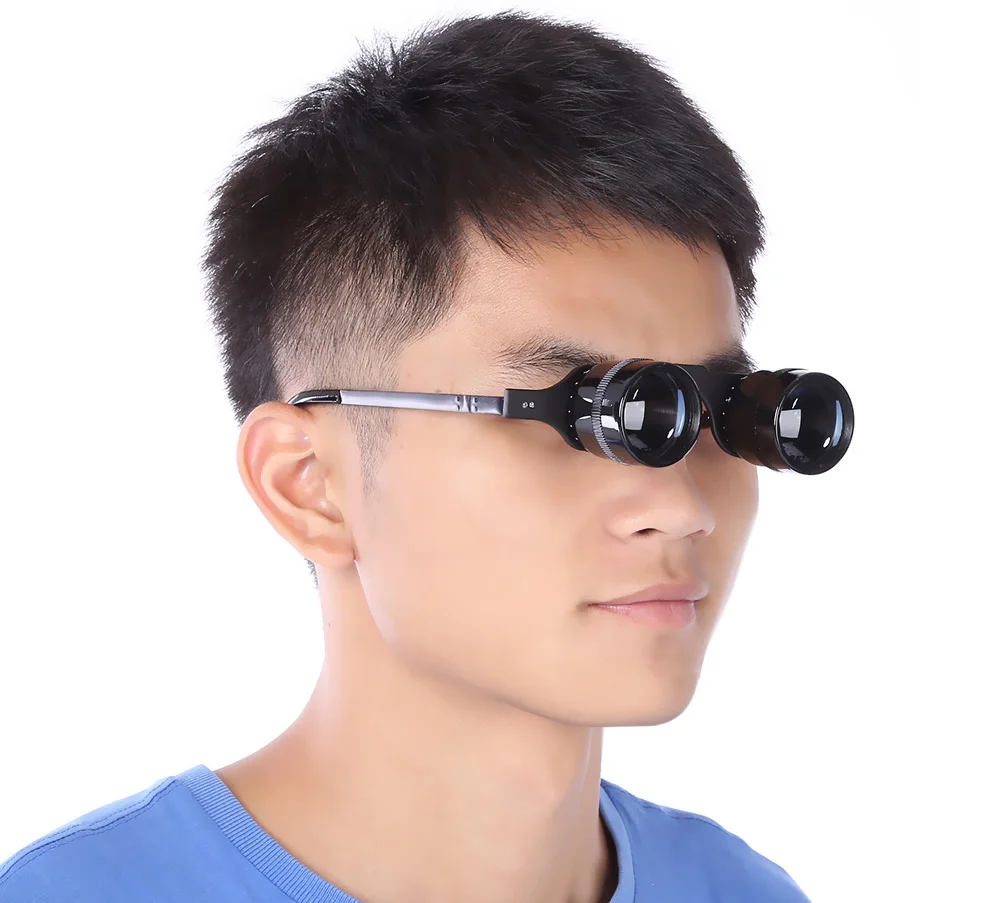
These give the field of view, which is how wide a scene you'll see. You may also find more numbers below the magnification-x-aperture rating. The first number is the magnification, or "power." The second is the aperture, the diameter of the large front lenses measured in millimeters. On the back you'll see two numbers separated by an "x". There may be also information on the width of the field of view.Īlan MacRobert Understanding Your First Pair On the back of virtually all binoculars, you'll find the magnification (10x, in this case) and the diameter of the front lenses in millimeters (50, in this case).
#BINOCULAR GLASSES PLUS#
Moreover, in binoculars for astronomy everything is right-side up and presented correctly, not upside down and/or mirror-reversed.įinally, there's another big plus for binoculars: you may already have a pair in the back of a closet (or know someone who can loan you a pair). They let you use both eyes, providing surer, more natural views. They also give a much wider view than a telescope does, making celestial objects easier to find. But they're lighter, much easier to take outside, use, and put away, and less expensive. Granted, they're smaller and give lower magnification. Compared to a telescope, binoculars for astronomy actually have certain advantages.

What if I told you that, within limits, you can find galaxies, star clusters, and nebulae without a telescope? If you've got an ordinary pair of binoculars lying around, astronomical observing is just a clear night away.īeginning stargazers often overlook binoculars for astronomy, but experienced observers keep them close at hand.

But what if you don't have a telescope or binoculars for astronomy? Surely you want to see these objects in real life. If you're new to astronomy, you might have already flipped through magazines like Sky & Telescope marveling at the pictures of celestial objects.


 0 kommentar(er)
0 kommentar(er)
